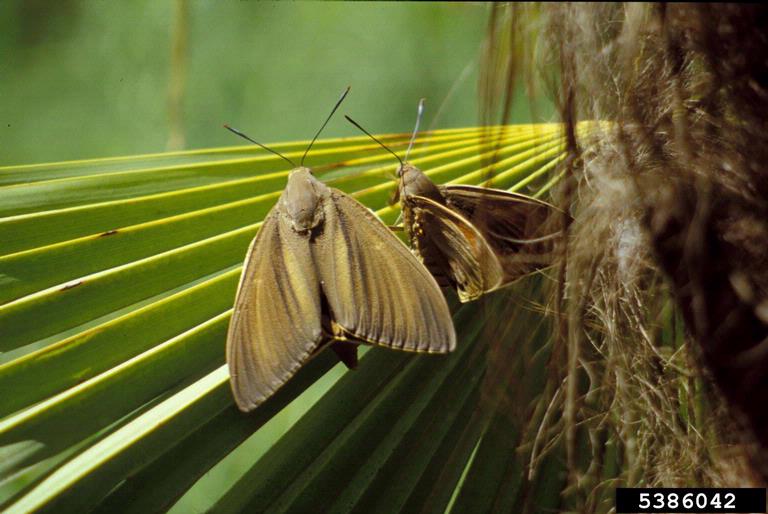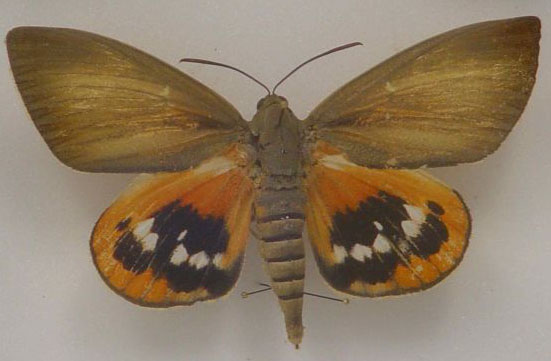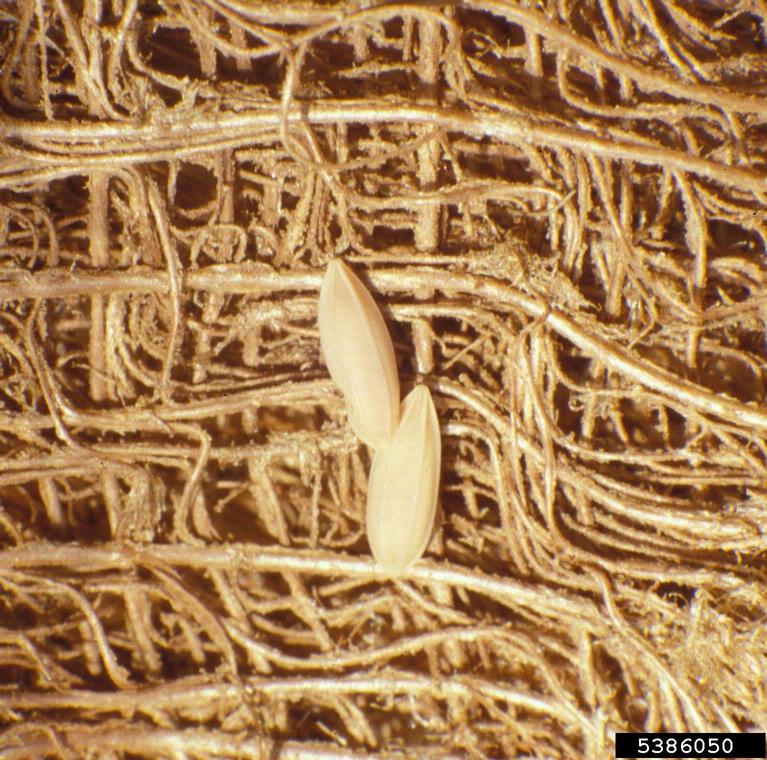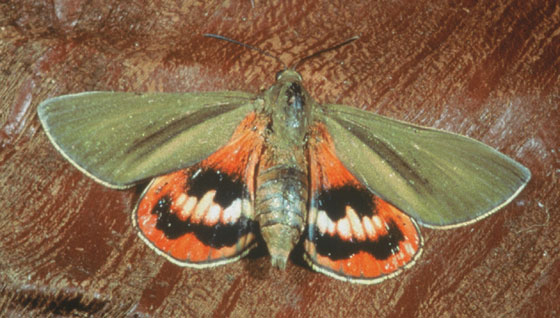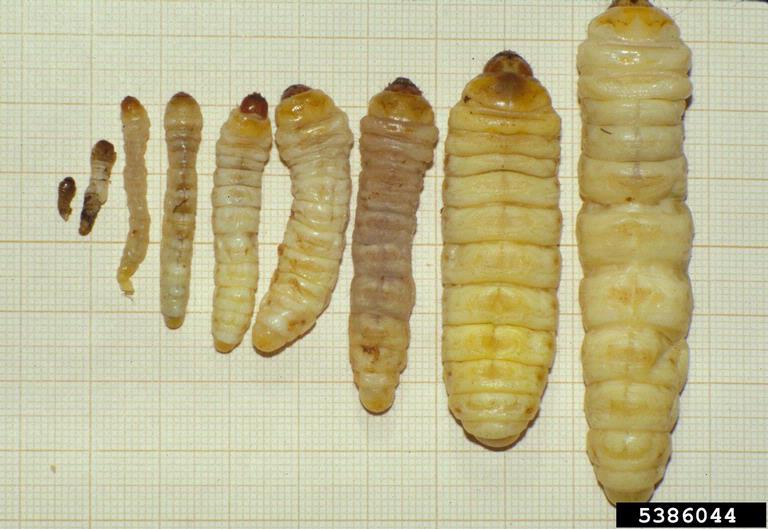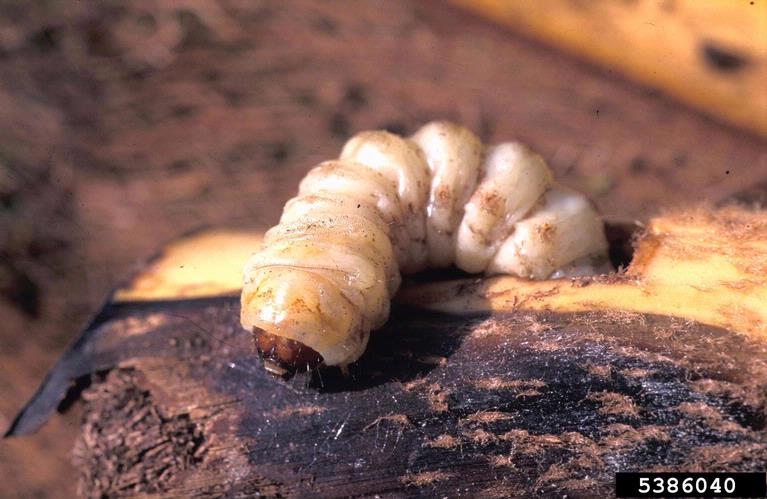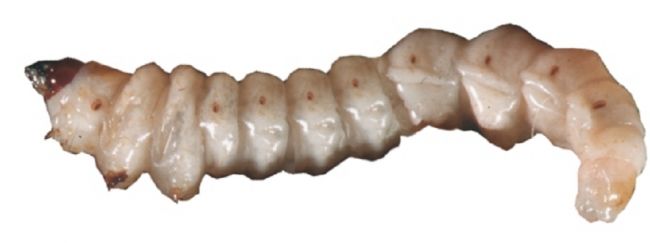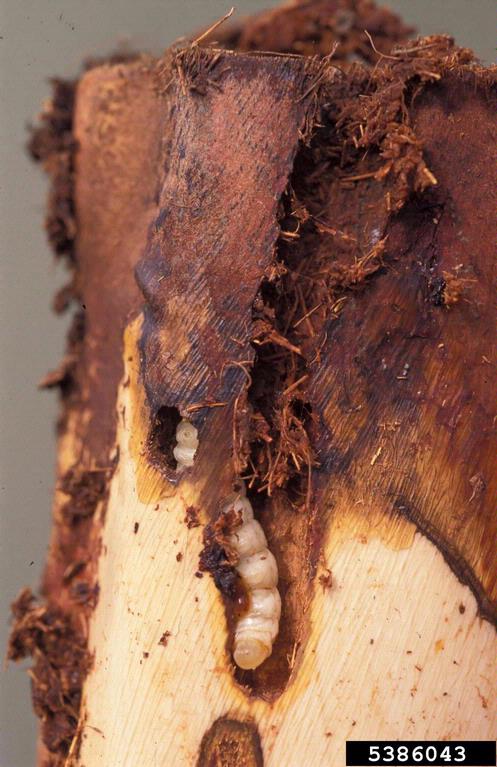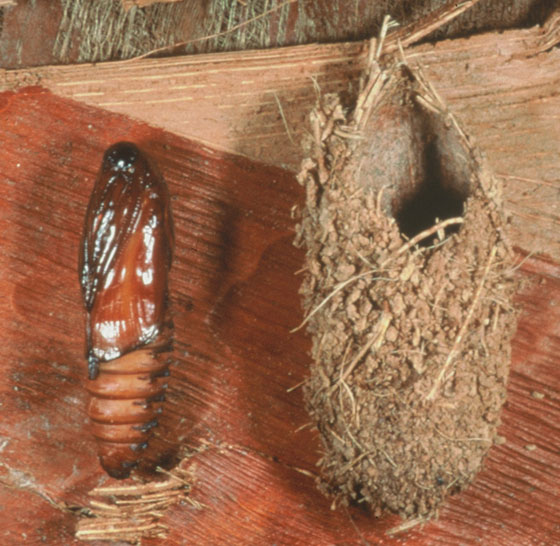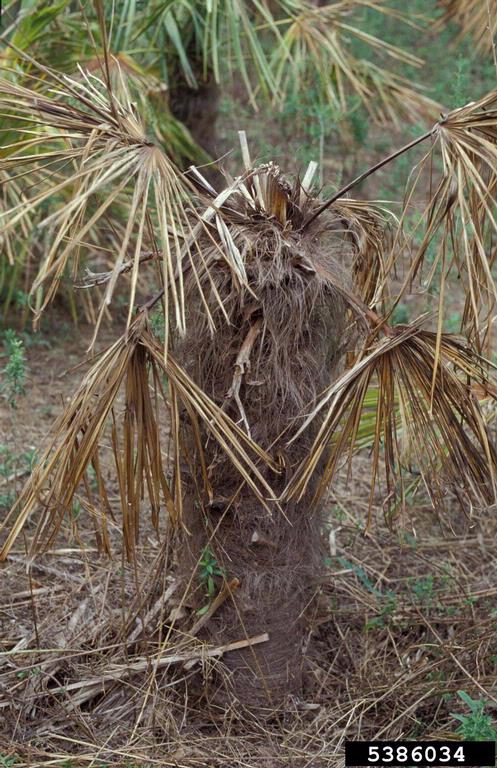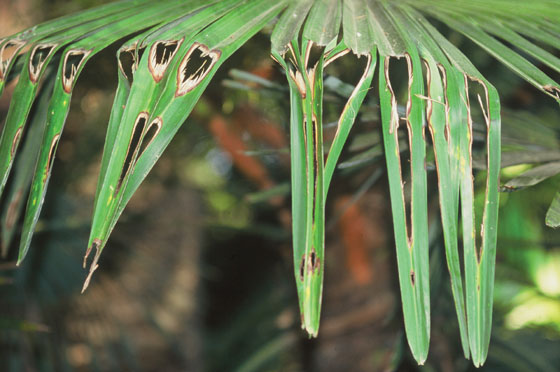South American Palm Borer
|
adults on a palm leaf; Photo by Victor Sarto i Monteys, Servei de Proteccio dels Vegetals, www.insectimages.org |
|
adult; Photo © Jean-Francois Germain, INFRA |
|
eggs; Photo by Victor Sarto i Monteys, Servei de Proteccio dels Vegetals, www.insectimages.org |
|
adult; Photo © Jean Drescher, PALMS 46(2): 2002 |
|
larval instars; Photo by Victor Sarto i Monteys, Servei de Proteccio dels Vegetals, www.insectimages.org |
|
later instar larva retreating into gallery; Photo by Victor Sarto i Monteys, Servei de Proteccio dels Vegetals, www.insectimages.org |
|
larva; Photo © Jean-Francois Germain, INFRA |
|
larva boring into core; Photo by Victor Sarto i Monteys, Servei de Proteccio dels Vegetals, www.insectimages.org |
|
chrysalis extracted from cocoon; Photo © Jean Drescher, PALMS 46(2): 2002 |
|
larval damage to Chinese windmill palm, Trachycarpus fortunei; Photo by Victor Sarto i Monteys, Servei de Proteccio dels Vegetals, www.insectimages.org |
|
larval damage to Washingtonia leaf; Photo © Jean Drescher, PALMS 46(2): 2002 |
Scientific name
Paysandisia archon Burmeister
Family
Castniidae
Description
Adults: Wingspan 9-11 cm; forewing color olive brown; hindwing color brightly colored with red, black, and white markings; females with a large ovipositor; antennae clubbed.
Eggs: Length 5 mm; color cream with longitudinal ribs.
Larvae: Length 6-7 cm; body color pink in early instars, white in later instars.
Pupae: Pupation takes place within gallery inside cocoon made of plant fibers.
Diagnostic features
Adult: Wingspan 9-11 mm; hindwings are bright red with bold black and white markings, no eyespots present.
Larvae: Thorax much larger than head; head partially retracted into prothorax
Distribution
Native: South America (Argentina, Brazil, Paraguay, and Uruguay).
Introduced: Europe (Spain, France, Italy, United Kingdom). Not yet known in the United States or Caribbean.
Hosts
Palm: includes the genera Butia, Chamaerops, Latania, Livistona, Phoenix, Sabal, Syagrus, Trachycarpus, Trithrinax, and Washingtonia
Other: none known
Additional comments
Movement of infested plants can ensure long distance dissemination. Larvae are difficult to detect in palm trees due to being hidden in stems. Oviposition takes place on the palm stem near the growing point. Larvae can be detected by the plugs of debris they leave behind at the outermost extremity of the gallery. This moth flies by day and can easily be mistaken for a butterfly.


